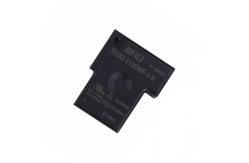Controllable Switch PCB Mount Relay R53G-112DMF-1-S Conversion Circuit
|
|
Controllable Switch PCB Mount Relay R53G-112DMF-1-S Conversion
Circuit The relay is kept in the released state by the permanent magnet. After the working voltage is applied, the electromagnetic induction makes the armature and the permanent magnet generate an attractive and repulsive torque, resulting in a downward movement, and finally reaches the state of attraction. When the relay is working, the electromagnet is energized, the armature is sucked down to contact, and the working circuit is closed. When the electromagnet is powered off, it loses its magnetism, and the spring pulls up the armature to cut off the working circuit. Therefore, the relay is a switch that uses an electromagnet to control the on-off of the working circuit.
PCB Mount Relay Features: 1. Speed: It means that the protection device should be able to cut
off the short-circuit fault as soon as possible. Its purpose is to
improve system stability, reduce the damage of faulty equipment and
lines, reduce the scope of faults, improve the effect of automatic
reclosing and backup power supply or automatic input of backup
equipment, etc.;
PCB Mount Relay Specification:
|
|||||||||||||||||
| Product Tags: Controllable Switch PCB Mount Relay 4.5KV PCB Mount Relay | |||||||||||||||||
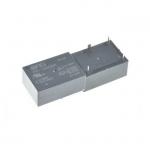
|
Miniature PCB Mount Relay 12 Volt 16 Amp 200mW 2KV RE - 105DM1 For Coffee Machine |
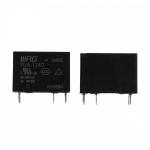
|
Dishwasher SPDT PCB Relay Power D 4KV Non - Latching RJA - 124D PCB Mount Relay |
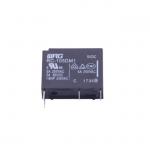
|
DC 5V 5A 4 Pin SPST Relay PCB Mount Relay Ultra Thin Power D For Electric Kettle |
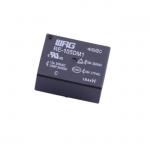
|
Coil Power PCB Mount Relay 5 Volt 16 Amp SPST 200mW RE-105DM1 For Sound System |
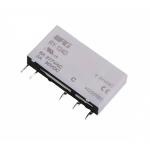
|
Ultra Slim PCB Mount Relay 24V 6A SPDT 0.17W 4KV RSA - 105D For Microwave |
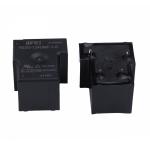
|
0.9W SPDT PC Board Mount Relay 12 Volt 40 Amp High Power R53G-112DF-1-S |

